Switzerland, home of ballooning
Although ballooning in Switzerland is most commonly associated with the record-breaking exploits of the Piccard family, its history actually dates back to 1788 when a hydrogen-filled balloon took to the air from Basel. Today, the Gordon Bennet Cup – or Coupe Aéronautique Gordon Bennett, the world’s foremost balloon racing event – keeps that tradition well and truly alive. This year’s competition is taking place in Switzerland – in Gruyère, to be precise – from 8 to 10 September.
Whether hot air or gas balloon, the motivation is the same: to take to the air
Aerostation, a now defunct term for the art of studying, constructing and operating lighter-than-air craft, became all the rage at the end of the 18th century. The Montgolfier brothers used hot air to demonstrate Archimedes' principle, whereas physicist Jacques Charles preferred hydrogen. The ability to take to the sky and enjoy a bird’s eye view of the terrain below did not go unnoticed by the military. By the end of the 19th century, balloons were being used by almost every army in Europe. In Switzerland, the Federal Council decided to set up an aerostatic corps in 1897. However, with the growing need for military aircraft that were less visible, faster and easier to manoeuvre, the balloon corps was disbanded in 1937.
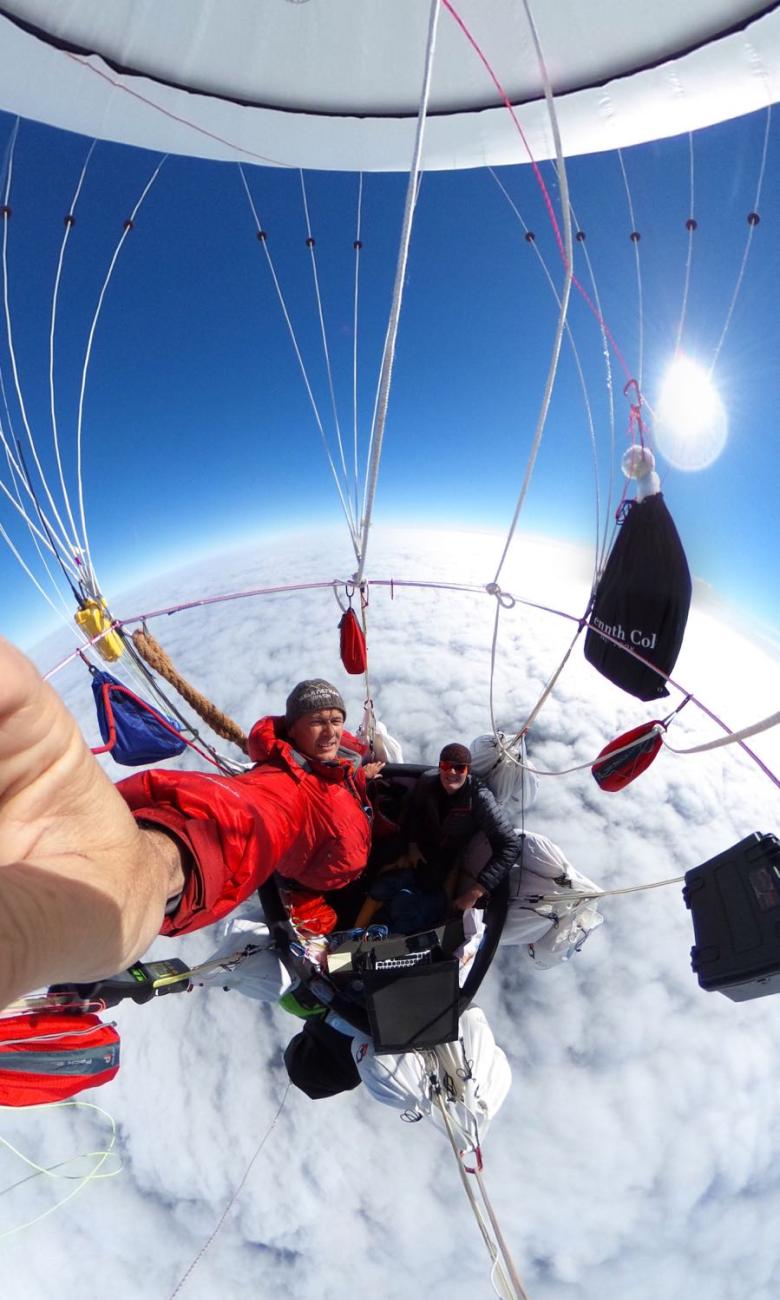
Switzerland, launch pad for extraordinary adventures and records
Our country has made its mark on the world of ballooning – and continues to do so. Brothers Jacques and Auguste Piccard trained as balloonists while serving in the Swiss army around 1915. In 1923, Auguste Piccard took part in the 12th Gordon Bennett Cup, which had now established itself as a world-famous gas balloon race. Unfortunately, the dire atmospheric conditions prevented him from getting very far – he was forced to land just 85 kilometres from where he had started. On 27 May 1931, Piccard achieved the incredible feat of reaching the stratospheric altitude of 15,781 metres in a gas balloon thanks to his own invention, the pressurised gondola, becoming the first man to see the curvature of the Earth with his very own eyes.
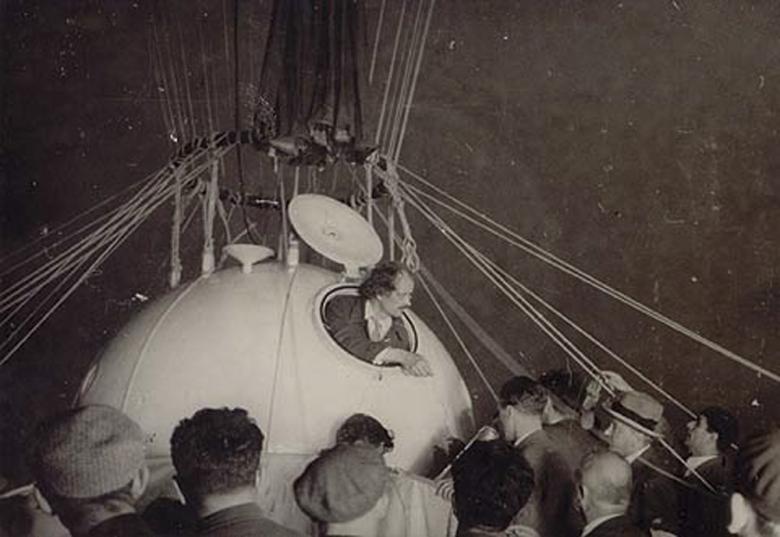
His grandson Bertrand Piccard, accompanied by Brian Jones, would eventually make the first non-stop balloon flight around the world on board the Breitling Orbiter III. Standing 55m tall and holding some 18,500 cubic metres of helium, the balloon had to be capable of remaining in the air for three whole weeks. The two pilots lifted off from Château d’Oex in the Swiss Alps on 1 March 1999 and touched down 19 days, 21 hours and 47 minutes later on 21 March at Dakhla in Egypt, setting a new world record in the process. This magnificent feat was made possible by a team that included some of the world’s best meteorologists. And the fact that they were able to complete the adventure is due in no small part to the role played by Swiss diplomats, who opened doors for them in 33 countries around the globe.
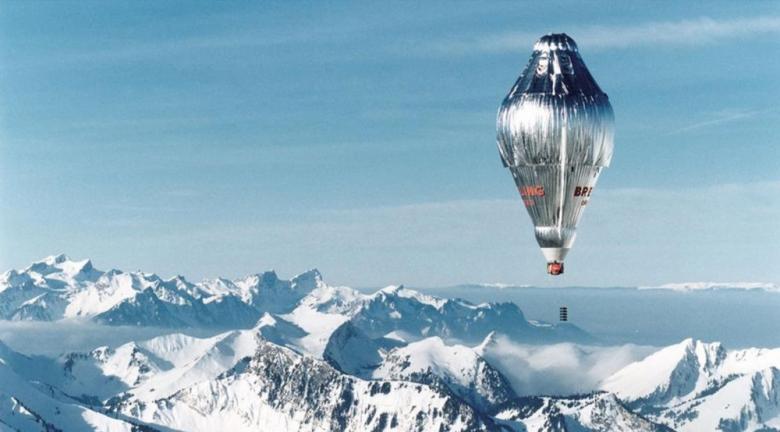
By choosing Château d’Oex as the starting point for their epic journey, Bertrand Piccard and Brian Jones helped cement its reputation as the Swiss ballooning capital. The resort’s Espace Ballons museum recounts the story of their daring circumnavigation. The International Hot Air Balloon Festival is held in Château d’Oex at the end of January each year, attracting pilots from some 20 countries. Nearly 100 hot air balloons take advantage of the exceptional climate here in winter to fly up, up and away.
As host of the 2017 Gordon Bennett Cup, all eyes will be on Gruyère
On 8 September, the balloons competing in this year’s Gordon Bennet Cup in Fribourg – its 61st outing – will take to the skies from the Gruyère airfield below the castle on the hill. 22 teams representing 13 nations will attempt to travel as far as they can in a straight line from start to finish, with no time limit. Fribourg’s hosting of the world’s oldest and most prestigious aeronautical competition will bring the canton – and indeed, Switzerland – media attention that resonates far beyond its borders.
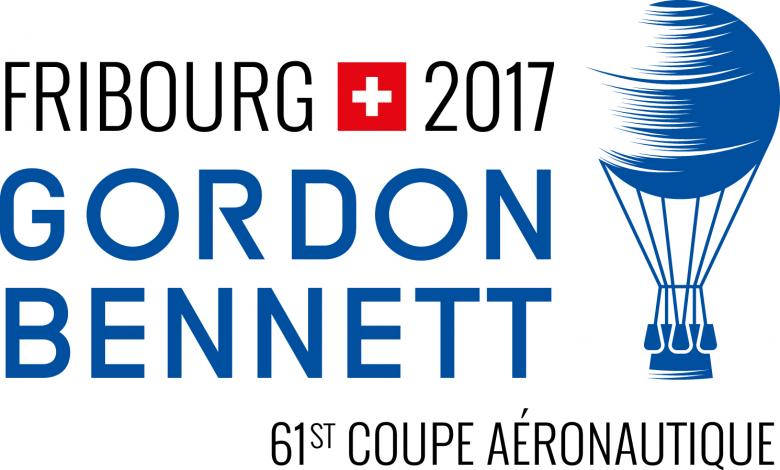
The race and its rules
The cup was first launched by its sponsor, Sir James Gordon Bennett, in autumn 1906. He also laid down the rules, which haven’t changed since. Sixteen balloons took off from the Tuileries Garden in Paris, watched by an astonished crowd of more than 200,000 spectators.
The basic idea behind the race is to travel as many kilometres as possible through the air, without any time limit. The distance is measured in a straight line from starting point to place of landing. In 2008, the French crew of Villey and Buron Pilatre landed just 20km from where they took off after spending 22 hours in the air ... and completing a circular trajectory of 400km. The competition can last for several days and nights, depending on atmospheric conditions. Touching down on water leads to disqualification, as does landing in certain prohibited countries which are closed to the competition. Each participating nation can enter a maximum of three teams, consisting of a pilot, co-pilot and ground crew. The country represented by the winning team gets to hold the competition two years later. That country’s balloon federation launches a call for bids to organise the event, which are submitted to the Lausanne-based Fédération Aéronautique Internationale, FAI (The World Air Sports Federation).
Gas balloons
Gas balloons are smaller than their hot air equivalents. They require 1,000 cubic metres of hydrogen, whereas the average hot air balloon needs 3,000 cubic metres to obtain lift. On the other hand, gas balloons have much greater range: they can stay in the air for 48 hours without any problems, whereas a standard hot air balloon can only fly for three. To get the balloon to climb, pilots must discharge some of the sand or water taken on board as ballast. To descend, they must open a valve to release a little of the lifting gas. Pilots who economise the most on sand and gas will go farthest. Gas balloons have a low ecological footprint compared to other forms of air transport. In fact, far from being a pollutant, hydrogen is the most abundant chemical element in the universe.
A closely fought race
It is already clear that the title will be hotly contested in 2017. The line-up includes such illustrious names as Kurt Frieden and Pascal Witprächtiger, the two-times world champions from Thurgau who make up the SUI-1 team. Challenging them are local men Nicolas Tièche and Laurent Sciboz, the 2016 runners up who are flying in the Fribourg Freiburg Challenge balloon as the SUI-2 team. Walter Gschwendtner, who has taken part in the Gordon Bennett Cup seven times, will be joined by sixteen-time participant Max Krebs (both from Zurich) on the SUI-3 team defending their country’s honour.
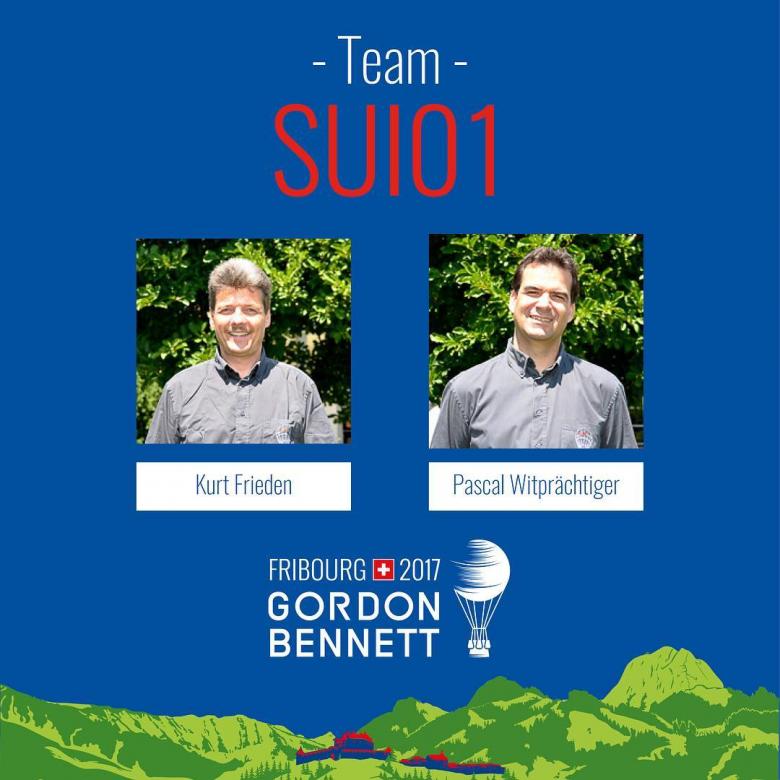
The 2017 event is shaping up to be a great celebration
The balloons will take to the skies early in the evening on Friday, 8 September. After the take-off ceremony, the fun will continue with a four-part sound and light show by Bernard Maciel entitled “Balade dans le ciel de l’Armailli”, in which hot air balloons will be illuminated to a musical arrangement by Frédéric Rody, followed by a light show on Mount Moléson, and finishing with a fireworks display.

Throughout the weekend, visitors to the festival site can follow the action at the Gordon Bennett Fribourg 2017 World Cup thanks to regular updates provided by the race organisers and guests such as Brian Jones. And the GPS equipment installed on board the balloons will make it possible to track the teams’ trajectories across Europe from the Gruyère airfield live on giant screens, social media and the website.
From Friday morning onwards, the Gruyère airfield will be the venue for a large-scale public celebration of air sports. The Swiss Parachuting Championship will also be held on the festival site, from Thursday 7 to Sunday 10 September. Access to the site and entry to all the public events are free. To promote soft mobility, shuttle buses will run between Bulle railway station and the Gruyère airfield every half hour.
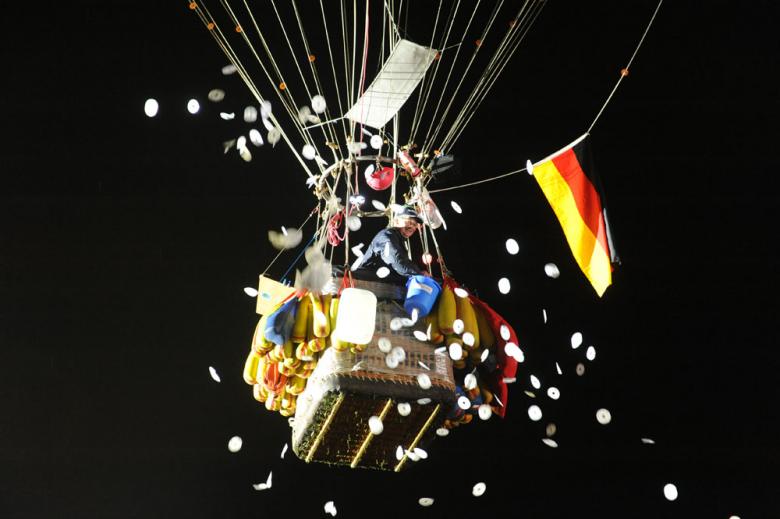
Music and food waiting to be discovered
Musical and culinary events add the finishing touch to the programme. The event’s culinary partner, La Bénichon du Pays de Fribourg, will be offering a number of tastings as well as a local craft and food market on Saturday and Sunday. A variety of local music groups, numbering some 300 people, will provide entertainment during the festivities.




